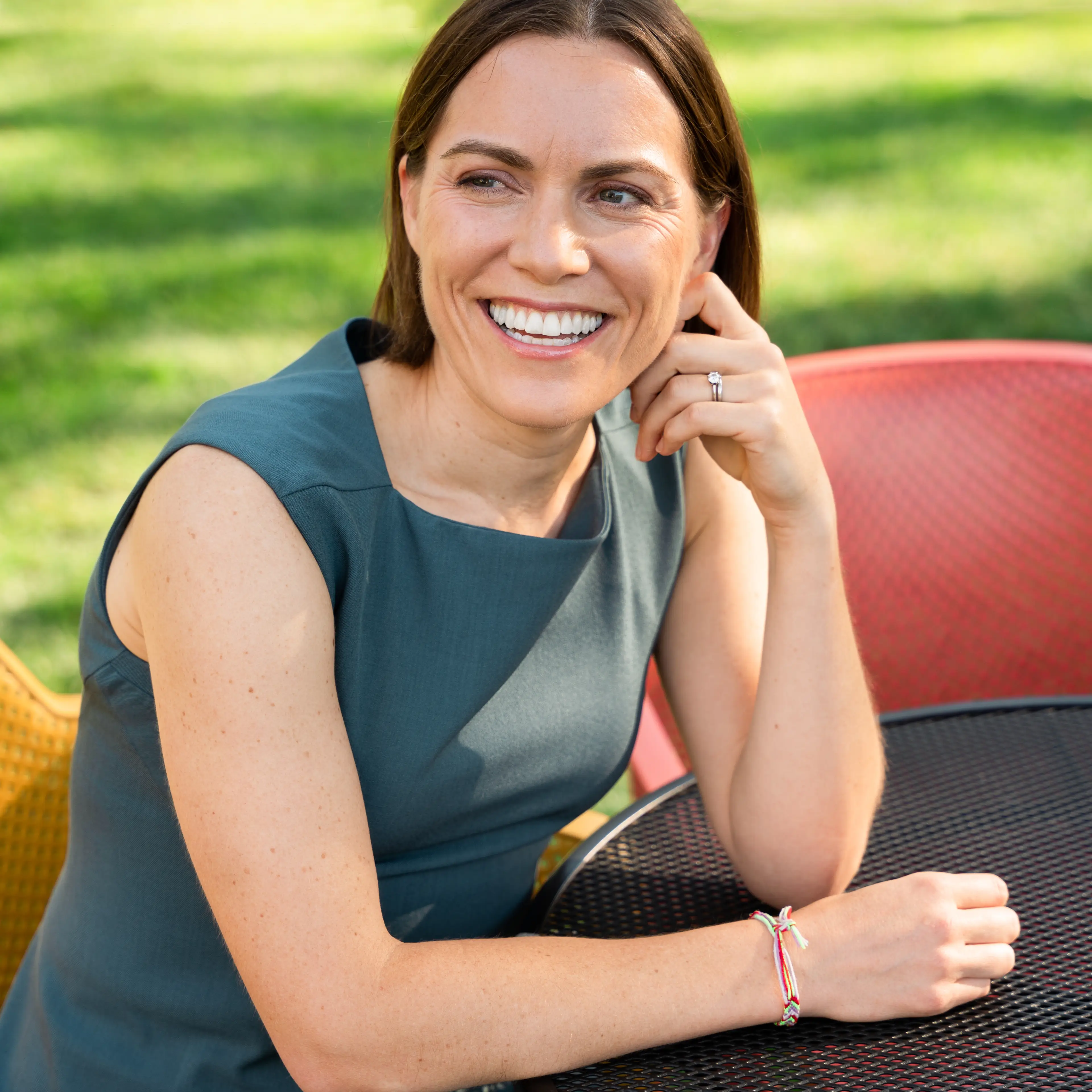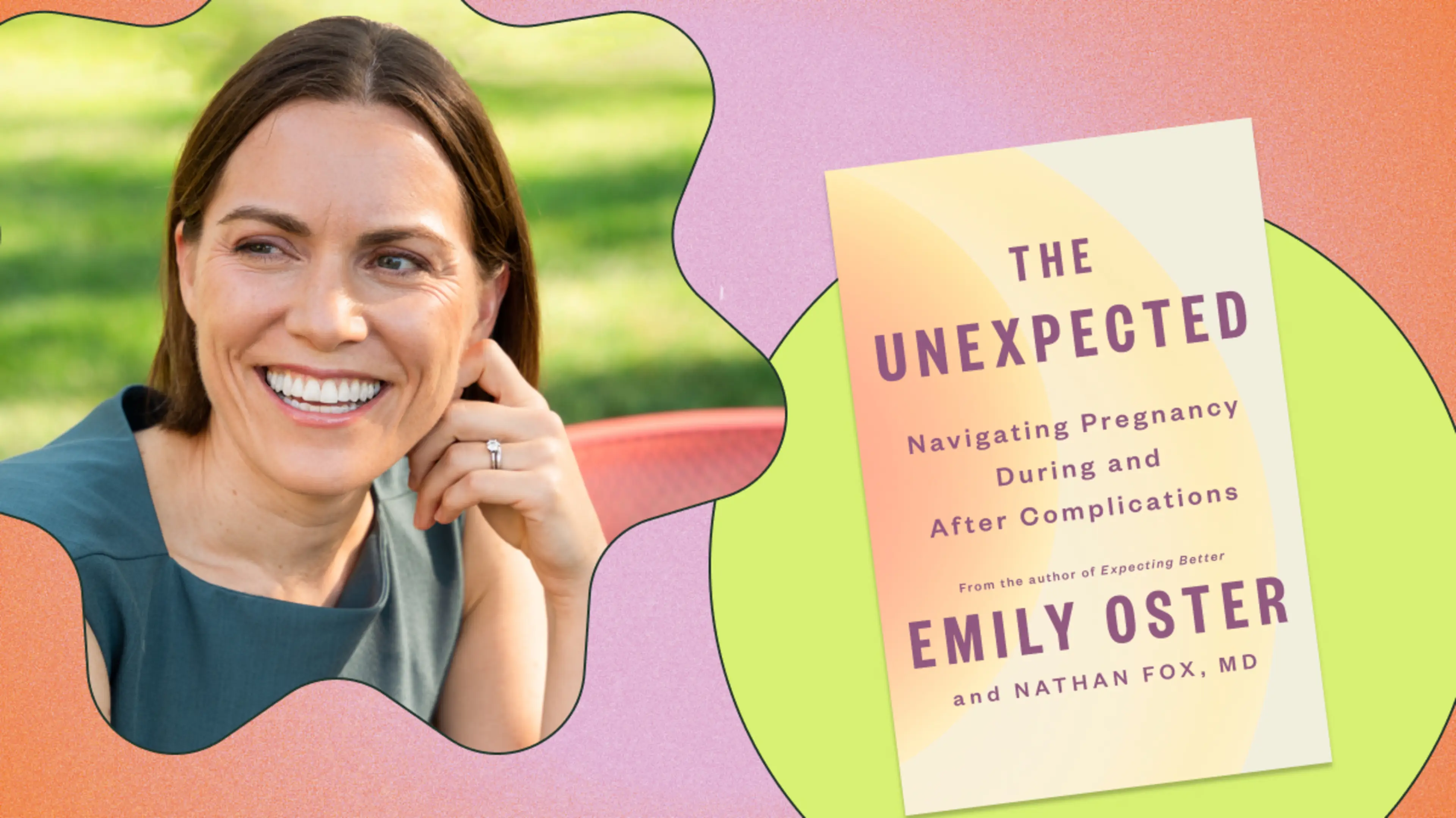I’ve been writing books on data-based decision-making around pregnancy, childbirth, and parenting for over ten years. My first three books were written to help new parents avoid some of the anxiety that comes with the job. The Unexpected is a little different. Over the last ten years, I’ve heard from thousands of people who faced complications in their pregnancies and childbirths, who wanted answers they could not find, sound data, and help as they prepare to try it all over again. Dr. Nate Fox and I wrote this book for just that purpose: to serve as a guide to navigating another pregnancy when the first did not go as planned
I’m thrilled to share with you an abridged version of Chapter 1 of The Unexpected, which covers the steps you should take to figure out if you want to try for another pregnancy and how to protect your mental health along the way. If it rings true for you or someone you know, I hope you’ll share it. So many people who have faced complications feel alone and isolated. And isolation makes treatment harder to access. The more we talk about these issues, the more we’ll know how common they are (50% of pregnancies face the complications in this book alone), and research funding often follows public discourse.
How to Prepare to Make the Decision to Try Again
There are many technical things to do to prepare for another pregnancy after one that was complicated: collect medical records, decide about doctor changes, perhaps undergo additional testing. Before any of this, though, you need to do perhaps the most important thing: prepare yourself emotionally. What this means for you will depend tremendously on what happened.
None of this is easy, but it may make sense to engage in detailed planning for a possible repeat of complications in a later pregnancy even if there is nothing to do medically. The anxiety won’t go away, but planning can help you move forward.
It is almost impossible to know if you are making the right decision, which makes it tempting to make no decision at all. Ultimately, you’ll be better prepared for whatever decision you make if you commit to making it deliberately.
In my book The Family Firm, I talk through a structured process—the four Fs—to approach big decisions. I think this provides a useful starting point in deciding whether to try getting pregnant again.
Step 1: Frame the Question
You cannot make plans or prepare without clarifying what you are trying to decide or to accomplish. The first step, then, is to frame the question—to identify what exactly you want and where you stand in that decision.
This question framing is an opportunity to clarify priorities. Are all family members committed to having more children? And if so, are you emotionally ready to consider trying again, especially after loss? It is reasonable—and common—for people to differ on these questions, even people who are building a life together. They are often not questions we confront when we first start trying for a family.
This moment is an opportunity to confront the difficult questions to figure out what decision we need to make about going forward.
Step 2: Fact Find
Get all the information you can in order to be prepared for whatever may come next.
For example, imagine your first pregnancy was complicated by preeclampsia at 25 weeks, followed by seven weeks of in-hospital bed rest and then six weeks in the NICU with your baby. When considering another pregnancy, your first question will probably be how likely this is to happen again. Should you expect a repeat experience? You’ll probably also ask what might be done to reduce the risk of recurrence or to improve the outcome. Knowing the possible risks allows you and your provider to treat the condition better and have a better outcome.
Confronting how you would deal with these complications again should be a part of both preparing and, possibly, making your decision about moving forward. What supports could you have in place to take care of your existing child if you had to be hospitalized again? If you are working, what preparations might you make professionally?
The goal of this step is to get the information you need—all of it— to make the decision you’re facing, whatever it is.
Steps 3 and 4: Final Decision and Follow-up
Having asked a specific question and collected the information you need, you can come together to make a final decision.
The combination of these approaches—to commit to a decision and then to commit to a follow-up time, if appropriate—may help some people move forward. If you’ve had two miscarriages in rapid succession and the past months have been a devastating period of back-to-back losses, it may help to say, simply, “We are not going to think about this for another six months.” Sometimes, self-care is the only, and best, possible goal.
Excerpted from The Unexpected: Navigating Pregnancy During and After Complications by Emily Oster and Nathan Fox.










